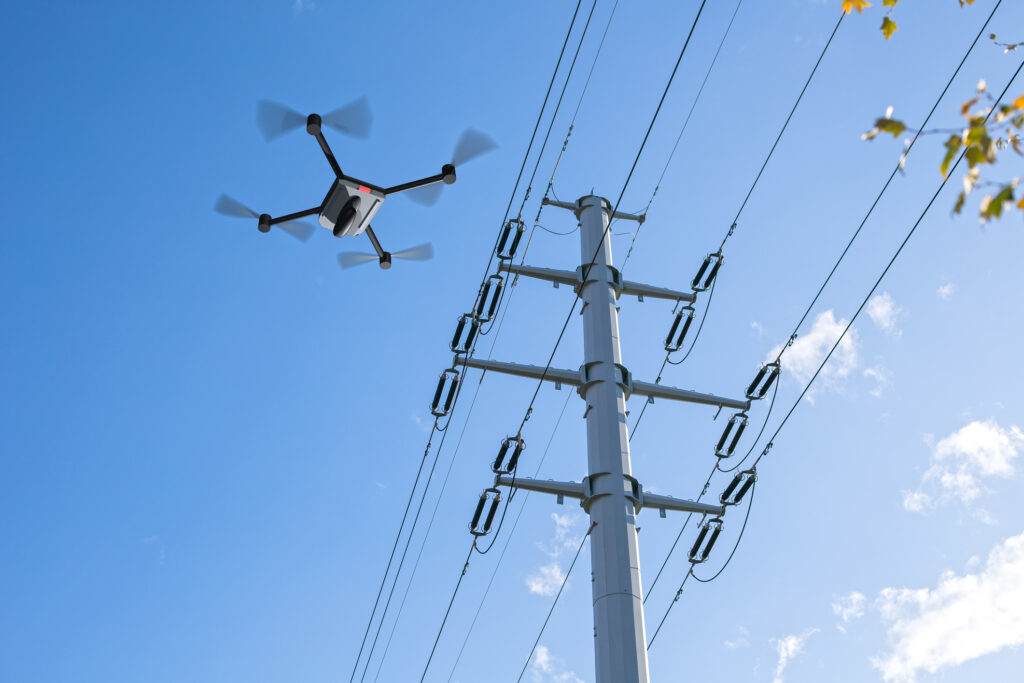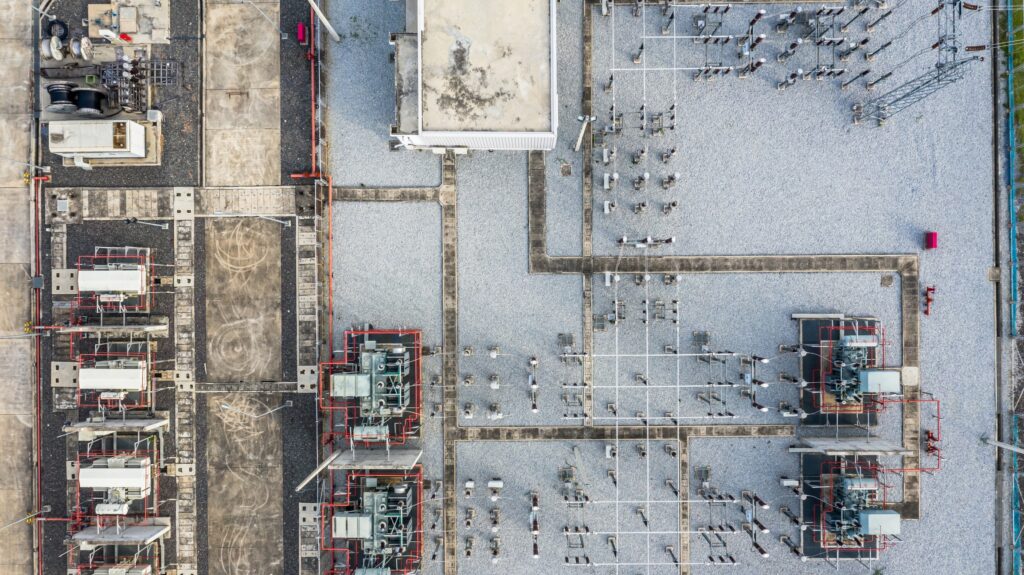Building a case for asset image analytics

As utility companies aim to combat the challenges of aging infrastructure, rising costs, and increasing compliance demands, asset image analytics can be an effective tool for optimizing their operations. However, quantifying a compelling business case to achieve approval and funding remains an obstacle for various organizations.
This article explores the advantages of asset image analytics, with key takeaways for building a success business case.
Highlight the proven benefits of image analytics
Investing in asset image analytics can significantly transform utility operations by transforming images from drones, satellites, LiDAR, and other sources into decision-driving insights. The following are some key benefits that can support a strong business case.
Reduced inspection costs
One of the most compelling advantages of image analytics is reducing inspection costs. Traditional methods such as helicopter inspections can cost up to $10,000 per day, and the cost of each truck roll can total as much as $1,000. By leveraging drones, satellites, and other image sources combined with advanced analytics, utilities can conduct cost-efficient aerial inspections and reduce the overall number of truck rolls, leading to substantial savings.
Increased safety and risk prediction
Utilities can leverage drones to obtain close-up images of assets from multiple angles while human inspectors remain safely on the ground, avoiding the dangers of pole climbs and helicopter flyovers.
Furthermore, asset image analytics enhances risk prediction by analyzing images to identify potential hazards before they become critical issues. Well-trained AI and machine learning algorithms can detect early signs of equipment wear, structural damage, and vegetation encroachment, enabling the utility to address these risks proactively and reduce the likelihood of accidents and outages.
Improved emergency decision making
In the wake of an emergency, data-driven insights are the key to prompt and effective decision making that can save lives and protect communities. With asset image analytics, utilities quickly assess damage from storms, wildfires, and other extreme events using images from drones, satellites, truck-mounted cameras, and even mobile phones.
By integrating image-based insights with other data sources such as weather forecasts, utilities can prioritize areas for immediate action, optimize resource allocation, and enhance overall situational awareness. These capabilities minimize downtime and expedite the restoration of service, ensuring a faster and more efficient response to emergency situations.
Optimized operations
While an average lineman might perform two detailed asset inspections per day, drones can perform as many as 20, and satellites can capture high-resolution images of vast areas in a single pass. This increased efficiency not only reduces operational costs, but also enables more frequent and comprehensive monitoring of utility assets to drive proactive maintenance.
Key takeaways for success
Every utility is different, with unique challenges and needs. However, the fundamental approach to building a compelling business case for asset image analytics can be leveraged in any organization:
- Assess the current situation to understand existing processes and data maturity.
- Identify the gaps between current state and desired state.
- Present use cases that highlight the feasibility and impact of a strategically planned asset image analytics program, prioritized according to feasibility and impact.
- Create a long-term strategic roadmap that outlines the steps for implementation and future growth.
By following this structured approach, utilities can develop a compelling portfolio of assets that demonstrates to leadership the value of investing in an asset image analytics program.
Leading the way to a smarter future
The journey of building a business case for asset image analytics is more than just compiling numbers and creating a pitch deck. It’s about envisioning a future where utility operations are more efficient, safer, and smarter. As we move deeper into the age of digital transformation, the utilities that will thrive are those that leverage cutting-edge technologies to address both present challenges and future uncertainties.
The true power of asset image analytics lies in turning raw data into actionable insights that transform the way utilities inspect, maintain, and protect critical infrastructure. This advancement goes beyond reducing costs or improving safety—it redefines the potential of utility management.
The real question is how far utilities are willing to go to harness this potential. Embracing asset image analytics represents a significant leap into a more resilient and innovative future. By building a compelling business case, utilities can secure the approval and funding needed to implement these technologies, ensuring they lead the charge toward a smarter, more efficient, and safer future. The groundwork laid today will determine the agility and strength of operations tomorrow, positioning forward-thinking utilities at the forefront of the industry’s transformation.
About the Authors
Adam Cornille is Senior Director of Advanced Analytics at Logic20/20. He is a data science manager and practitioner with over a decade of field experience, and has trained in development, statistics, and management practices. Adam currently heads the development of data science solutions and strategies for improving business maturity in the application of data.
Sacha Stjepanovic, Senior Director for National Utilities at Logic20/20, is responsible for partnering with the utility sector on advanced analytics, digital transformation, and grid operations solutions.
is a Solution Provider member of 






